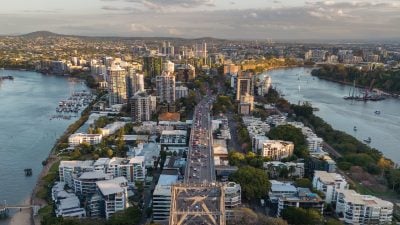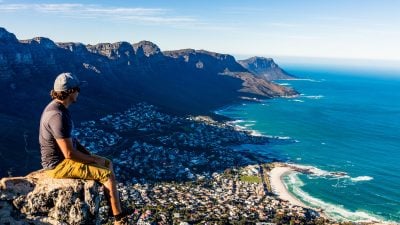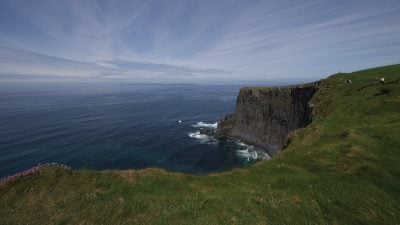Home / Australia & South Pacific / Visiting the Icons of Oz on An…
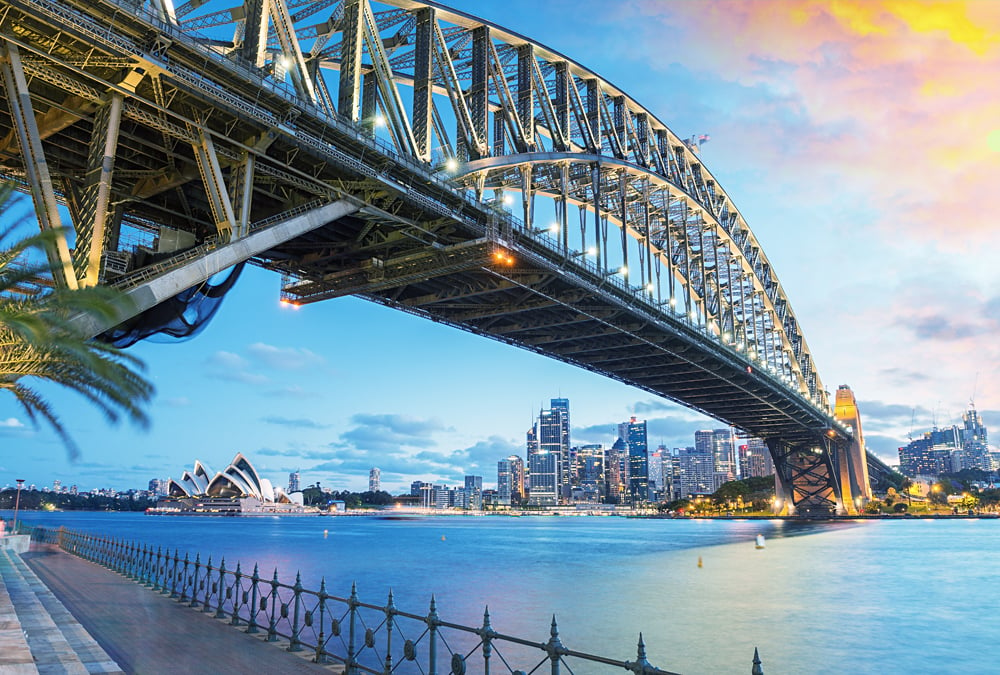
Visiting the Icons of Oz on An Australia Vacation (Part 1)
Australia is a land of icons. Some countries might boast a handful of natural wonders, but this destination has dozens, if not hundreds – making for a busy and fulfilling Australia vacation. Much of this is due to the country’s diverse landscape. The nation is its own continent with wildly differing environments in its six states and two territories. It might be one country, but its environment is hardly homogenous. For instance, the northern fringes of Queensland boast vibrant tropical rainforests while the middle reaches of the Northern Territory are barren desert.
This being the case, Australia’s icons are diverse and offer something for every manner of Globetrotter. If you’re a nature enthusiast, head to Kangaroo Island to see the country’s spectacular wildlife. More of a city slicker? Spend your time in coastal Sydney, enjoying the cosmopolitan food and drink scene.
Australia is not monolithic. It’s a nation of diversity, both culturally and geographically, and it boasts some of the most fabulous icons on the planet.
The Architectural Feats of Australia’s Largest City
Australia’s largest city, Sydney, is the cosmopolitan heart of the country. Situated on a massive natural harbour, it boasts two of the greatest architectural feats in the world, which call that harbour home. These are must-see icons, especially if on your first Australia vacation.
Originally commissioned in 1957, Sydney Opera House didn’t open until 1973. Danish architect Jorn Utzon designed the building after winning the contract in an international competition, but left the project years before its completion. Peter Hall, a young designer who had actually met Utzon years earlier while studying in Europe, took over the project, mainly focusing on finishing the interior concert halls and adjusting the seat sizes to meet safety regulations. However, Hall is almost never mentioned when discussing the building’s construction. Sadly, he died penniless and destitute at age 64 in 1995, never gaining the respect owed him for his involvement in the project.
The modern expressionist design of the Opera House’s sails and its fabulous location on Sydney Harbour make it one of the world’s most iconic buildings. UNESCO classified it a World Heritage Site in 2007, merely putting the icing on the cake of the building’s 44-year legacy. When you visit Sydney you can tour the Opera House and marvel at the architecture for yourself. But Sydney Opera House is also a thriving performance venue in addition to being a tourism landmark. You can take in an opera or symphony if you’re in the mood.

Close to Sydney Opera House is Sydney Harbour Bridge, “The Coat Hanger” that connects the city centre to the northern suburbs. Sydney Harbour Bridge is the world’s largest steel arch bridge. Influenced by Hell Gate Bridge in New York City, construction on Sydney Harbour Bridge began in 1924 and finished in 1932. Nowadays the bridge is one of the widest in the world, with eight lanes as well as two train lines and foot and cycle paths. Stroll along the east side of the bridge for an ideal view of Sydney Harbour, including a glorious view of Sydney Opera House. If you’re especially adventurous, and not afraid of heights, you can also take a Bridge Climb and survey the harbour from the bridge’s highest steel arches.
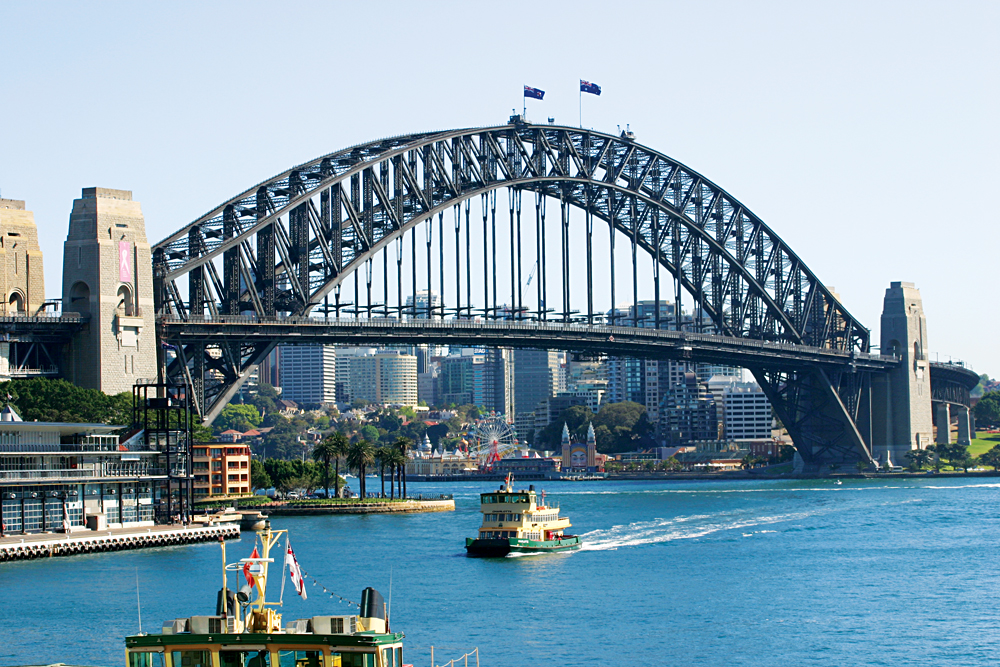
Related Articles:
Sydney Opera House – Australia’s Architectural Wonder
Australia’s Iconic Sydney Harbour Bridge
Picture Perfect Coastal Road
As you venture out of Sydney and into the rural areas, you’ll realize Australia is car country. The wide open spaces and stretching highways demand it. And there’s no better drive in the whole country than along the Great Ocean Road, in the southern state of Victoria. Stretching 243 kilometres from Torquay to Allansfort near Warrnambool, the Great Ocean Road showcases the diverse landscape and stunning Southern Ocean.
While the road itself twists beside countless surfing spots, seaports, whaling sites, rainforests, and national parks, there are key spots along the way that stand out. The 12 Apostles are chief among them.
The 12 Apostles are rock formations rising out the surf along the coastline between Port Campbell and Princetown. Some of these formations stand up to 45 metres tall. Erosion created the pillars by wearing away at beachside arches, eventually collapsing the arches and leaving solitary pillars rising out of the water. Unfortunately, the same erosion that created the 12 Apostles has destroyed a few of them. One of the pillars collapsed as recently as 2005. Eight of the formations remain.
While the 12 Apostles are the most magnificent spot along the Great Ocean Road, the stretch also connects to other great points of interest. Outside Port Campbell you can find the Grotto, a sinkhole where you can wind down a cliff face to see a tide pool amid fascinating rock formations. The Great Ocean Road also comprises much of Shipwreck Coast, where over 600 known shipwrecks have occurred over the centuries. Only 240 of these shipwrecks have actually been discovered, so you might be lucky enough to discover a new shipwreck on your adventure through the south on your Australia vacation.
Related Article:
Your Ultimate Guide to Great Ocean Road in Australia

Australia’s Own Biodiverse Galapagos
Around 800 kilometres northwest of the Great Ocean Road lies Kangaroo Island in South Australia. Affectionately dubbed “KI” by its locals, Kangaroo Island is Australia’s equivalent to the Galapagos Islands in Ecuador, boasting incredible biodiversity in a relatively small area. The island is only around 155 kilometres long and 55 kilometres wide, but it’s abounding in wildlife.
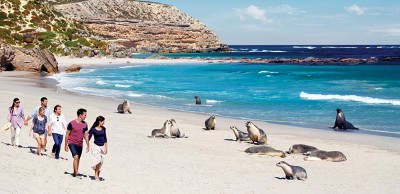
As its name suggests, Kangaroo Island has a large kangaroo population, but it’s also home to bandicoots, wallabies, possums, and short-beaked echidnas. The smallest species of penguin, aptly named Little Penguins, also live here. Many tours on Kangaroo Island cater to the diverse wildlife, so you’ll have no problem finding experts to guide you to these animals’ habitats. You might even get to hug a koala – a true highlight of your Australia vacation! At Seal Bay Conservation Park you can see one of the largest populations of Australian seals. This endangered species has called the island home for thousands of years and you’ll be able to witness them in their natural habitat, free of any enclosures or cages.
The landscape is as impressive as the wildlife. You’ll find two of the best geological formations in Flinders Chase National Park, on the west end of the island. The Remarkable Rocks are granite boulders that have been formed into bizarre shapes by hundreds of millions of years of water and wind. They’re arresting rock formations and boast incredible colours at dawn and dusk. Admiral’s Arch is equally impressive. It’s a rock bridge on the southwest coast with a ceiling covered in stalactites and an impossibly smooth floor. If you walk down the boardwalk, you might even glimpse dolphins beyond the arch right off the coast.
Related Article:
Get Nature-Hopping on Kangaroo Island in Australia
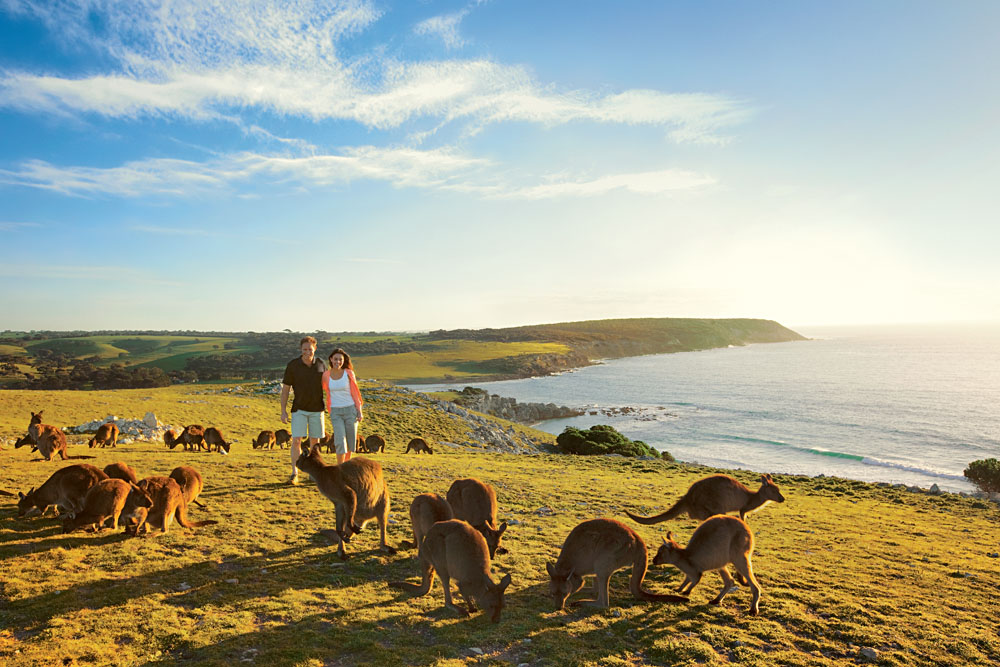
The Wild Inland
When talking about the country’s rugged landscape, it’s natural to think about the Outback. However, the Australian Outback is not a single geographical spot. Instead, it’s the colloquial term for the entirety of Australia’s remote wilderness. Every state has a bit of the Outback. There are no hard and fast rules to what counts as the Outback, so long as it’s uniquely and ruggedly Australian.
In contrast to “the bush,” which is anything outside the urban centres, the Outback is more remote and adventurous. The vast majority of Australia’s population lives on the coasts – up to 90 percent. That means that the Outback comprises some of the most sparsely inhabited landscapes on the planet, ideal if you want to see the stars. Unlike every modern urban centre, the Outback is free of light pollution. Just don’t expect to see the same constellations you see in the Northern Hemisphere. Remember, the night skies change depending on your proximity to the equator.

One of the most appealing aspects of the Outback is the wildlife. There’s no tiptoeing around it, Australia’s animals are bizarre and astoundingly unique. Over 80 percent of the country’s animals are specific to Australia. Kangaroos and koalas are strange enough compared to other mammals like deer and bears, but they are nowhere near as strange as the platypus or the echidna. Visiting the Outback on your Australia vacation is your best chance to see these fantastic animals outside of a zoo.
In addition to kangaroos and platypuses, Australia is home to dingoes, emus, wild horses, and wild camels, to name just a few, along with thousands of native birds. There’s a good chance you’ll wander across several of these fascinating creatures during your trip across the Outback. Just be sure to keep a safe distance and let the animals go about their business.
Related Article:
The Lure of the Australian Outback
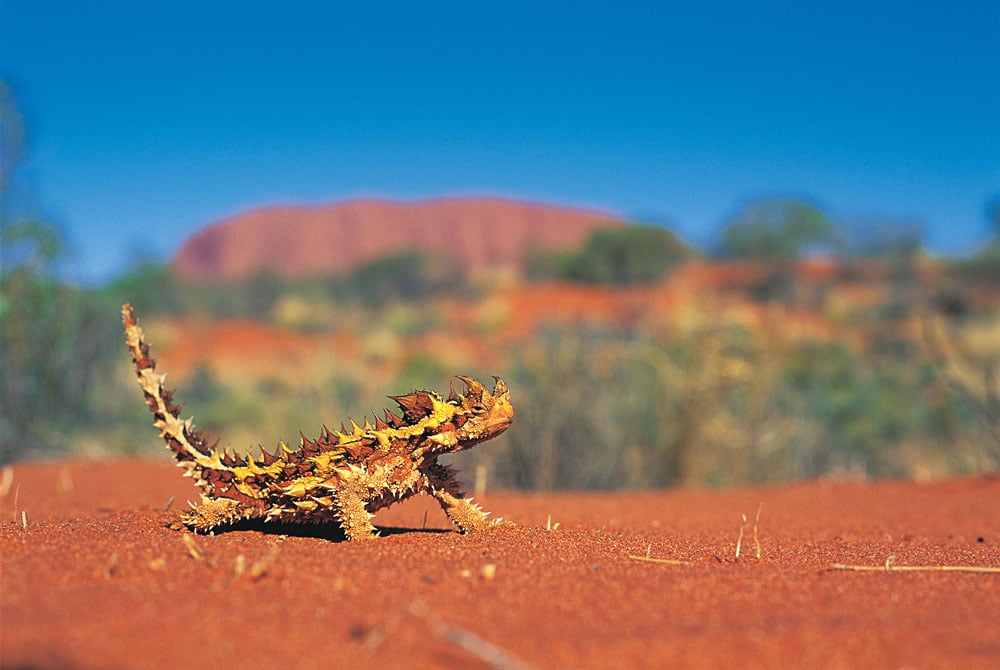
Next:
Visiting the Icons of Oz on An Australia Vacation (Part 2)
Get more travel inspiration by email.
Subscribe
0 Comments

Get the latest travel trends & hear about the best deals on vacations around the world.
If you’re a Globetrotter, these are the newsletters for you!

